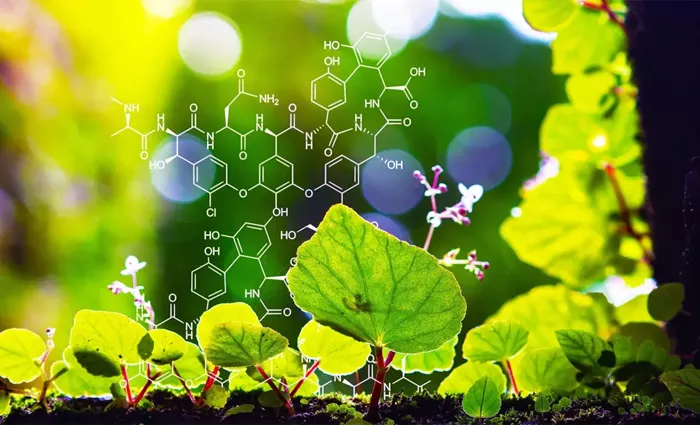In a groundbreaking development, a team of Japanese scientists has documented real-time footage of plants communicating with each other through defense signals. Led by Dr. Masatsugu Toyota from Saitama University, this research sheds new light on how plants interact with their surroundings and support one another.
Breakthrough in Plant Communication
Dr. Toyota and his team have made a significant advancement in understanding plant communication. They captured real-time footage showing how plants send defensive signals to their neighbors when they are under threat.
How Plant Communication Works
At the heart of this discovery is the concept of volatile organic compounds (VOCs). These chemicals are released by plants in response to threats such as mechanical damage or insect attacks. Dr. Toyota’s team observed that undamaged plants respond to these VOCs by initiating their own defense mechanisms.
The research team included Yuri Aratani, a dedicated Ph.D. student, and Takuya Uemura, a skilled postdoctoral researcher. Their collaborative efforts have illuminated the complex ways plants protect themselves and assist their neighbors.
Experimental Setup and Findings
To study this phenomenon, the team designed an intricate experimental setup. They used an air pump connected to a container with leaves and caterpillars, simulating an attack on the plant. Nearby, another chamber housed Arabidopsis thaliana, a common weed from the mustard family. These plants were genetically modified to glow green when detecting calcium ions, which are key indicators of stress.
Using a fluorescence microscope, the researchers observed real-time reactions of the plants to VOC signals. This setup allowed them to visualize how undamaged plants respond to environmental cues.
Historical Context and Evolution
This study builds on observations from 1983, which first sparked debates about plant communication. Over the years, scientists have discovered various methods plants use to interact, from chemical signals to underground networks formed by fungi.
Dr. Toyota emphasized the significance of this research, noting, “We have finally unveiled the intricate story of when, where, and how plants respond to airborne ‘warning messages’ from their threatened neighbors.” This highlights the importance of understanding these subtle interactions crucial for plant survival.
Other Plant Communication Methods
While VOCs are a primary communication method, plants also use electrical signals to trigger physiological changes, such as closing stomata during droughts. Additionally, the “Wood Wide Web,” a network of mycorrhizal fungi connecting plant roots, allows for nutrient and information exchange underground. These diverse communication channels enable plants to adapt to environmental challenges effectively.
Implications for Ecology and Agriculture
Understanding plant communication enhances our appreciation of ecosystems’ complexity. It explains how plant communities can respond collectively to threats and support each other’s growth. This knowledge is invaluable for sustainable agriculture, allowing farmers to enhance crop protection and reduce reliance on chemical pesticides. Conservation efforts also benefit by promoting practices that maintain healthy plant networks, ensuring ecosystems remain resilient against disturbances.
Technological Advances and Future Directions
Advancements in genetic engineering and microscopy have enabled the visualization of plant responses in real-time. By engineering Arabidopsis thaliana to fluoresce upon detecting calcium ions, researchers can directly observe stress responses. This technological progress opens avenues for further studies on plant signaling and highlights the importance of interdisciplinary approaches in modern science.
Engaging with Nature’s Language
This research invites a re-evaluation of our relationship with the natural world. It challenges the view of plants as passive organisms, revealing their active roles in maintaining ecological balance. Understanding these silent conversations through chemical and electrical signals and underground networks fosters a deeper respect for plant life.
Conclusion
Dr. Masatsugu Toyota and his team have uncovered a hidden world of plant communication, offering insights that advance scientific knowledge and inspire a greater appreciation for plant life. As research continues, we gain a deeper connection to nature and discover new ways to coexist sustainably with the life around us.
Related topics:
- Rare and Endangered Plants Stolen from Huntington Botanical Gardens
- How to Control Invasive Plants and Protect Local Ecosystems
- 5 Flowers to Plant in October for a Stunning Winter Display


